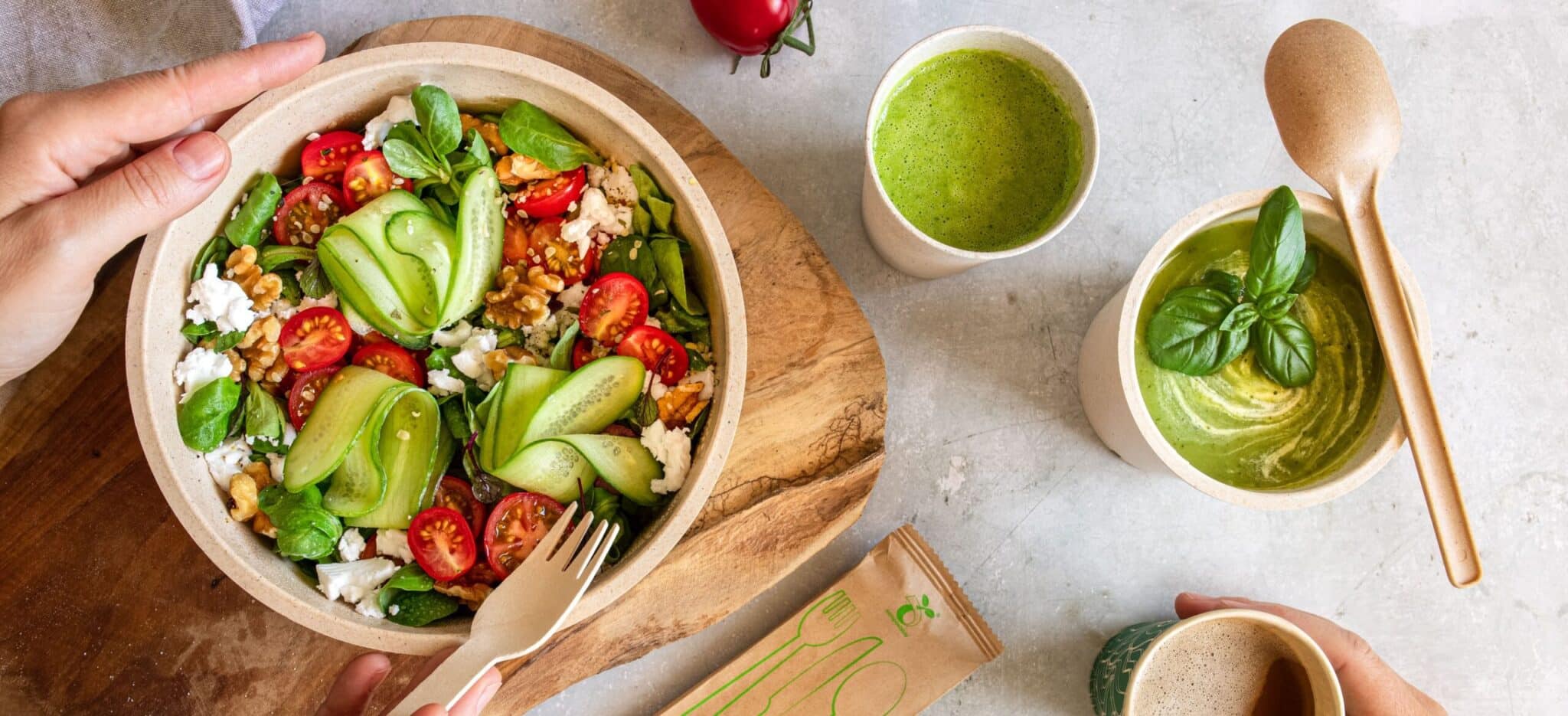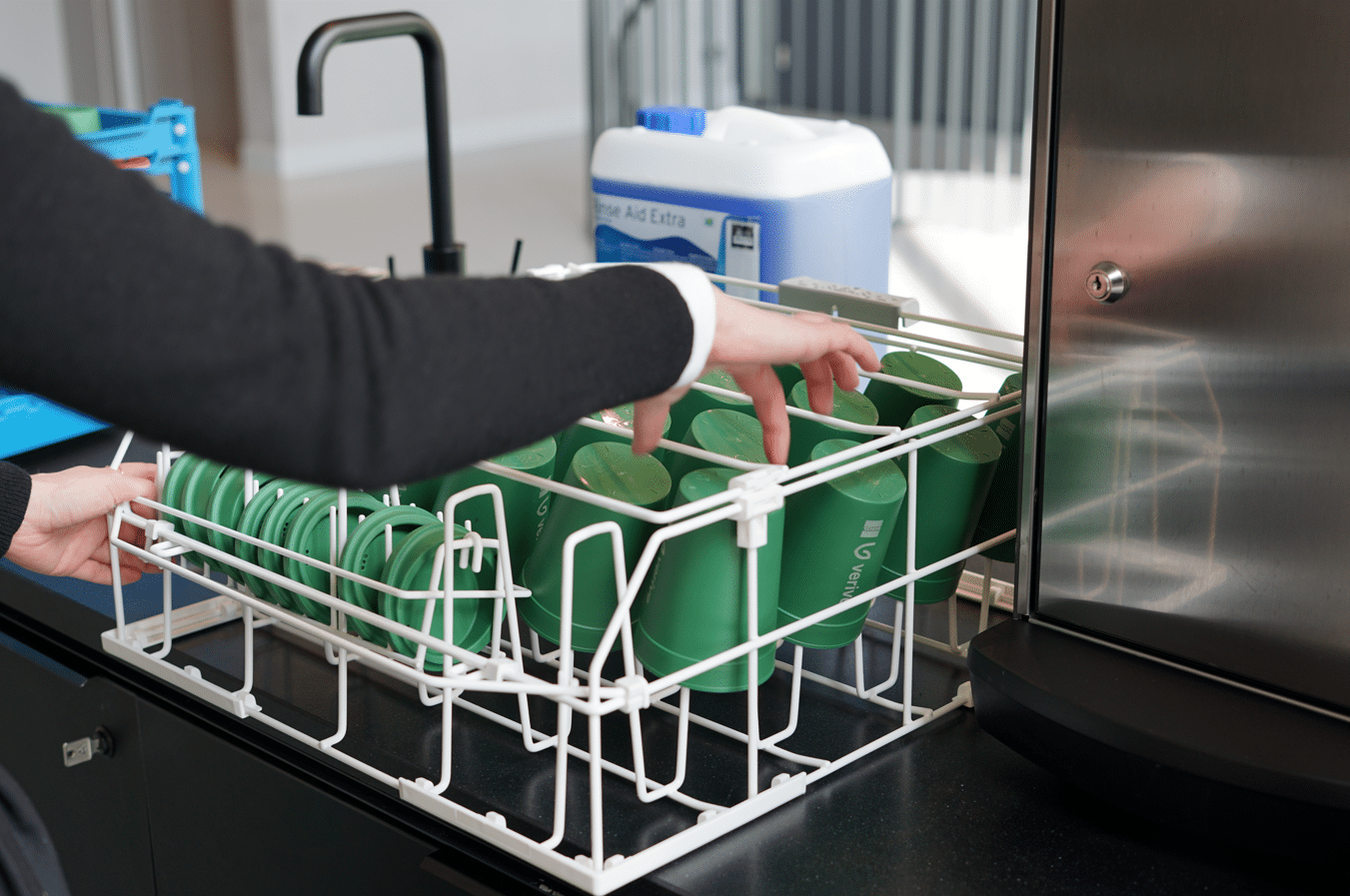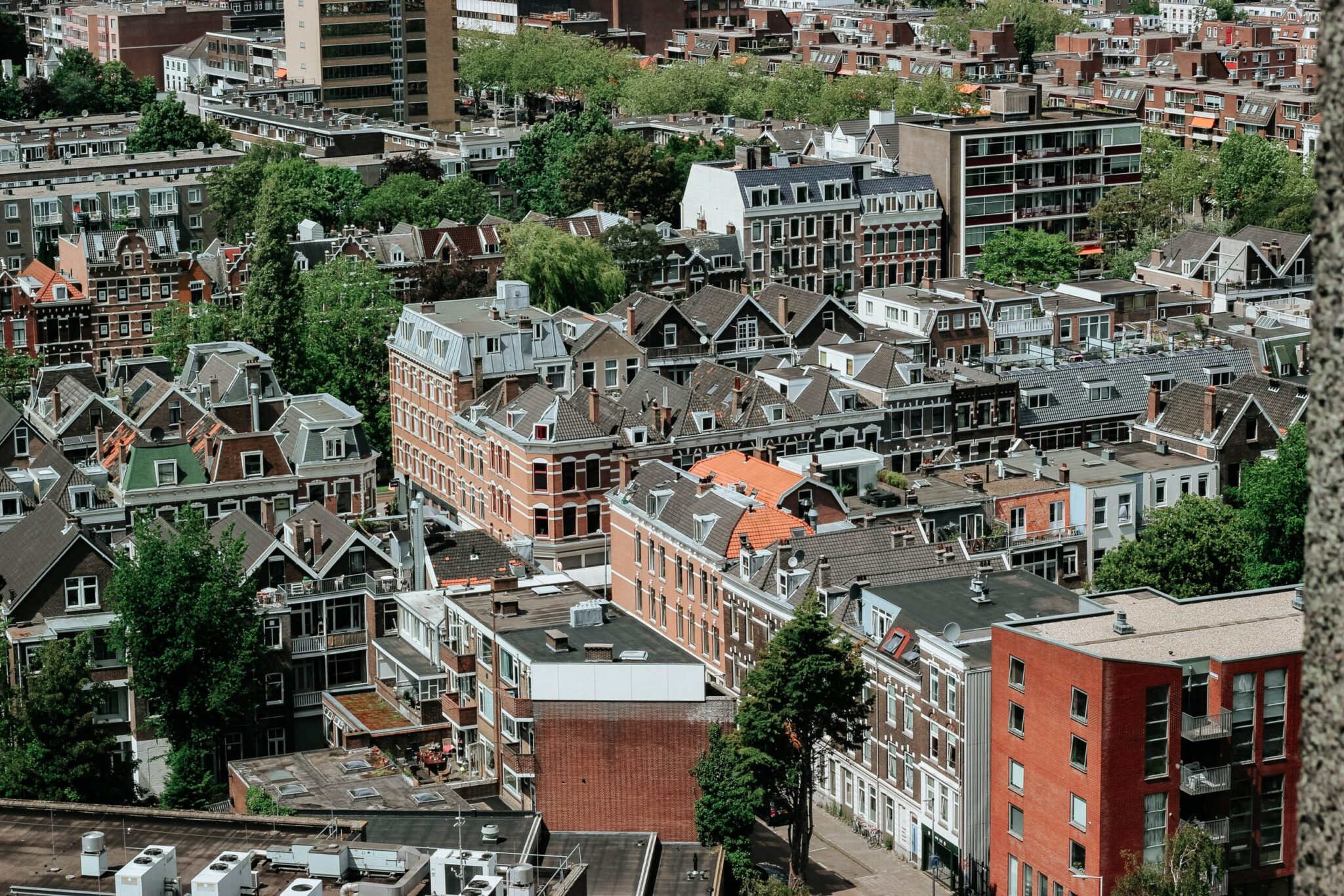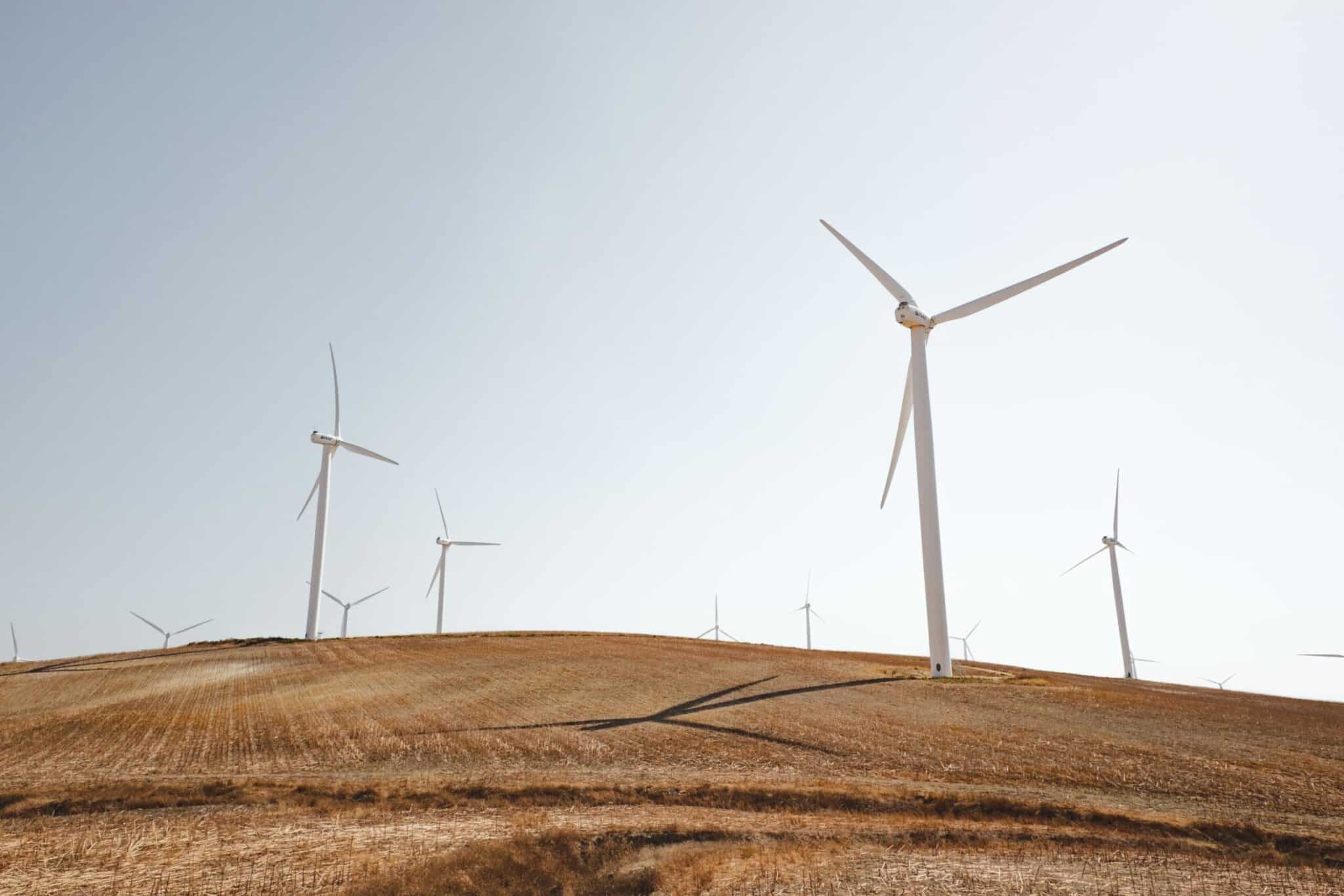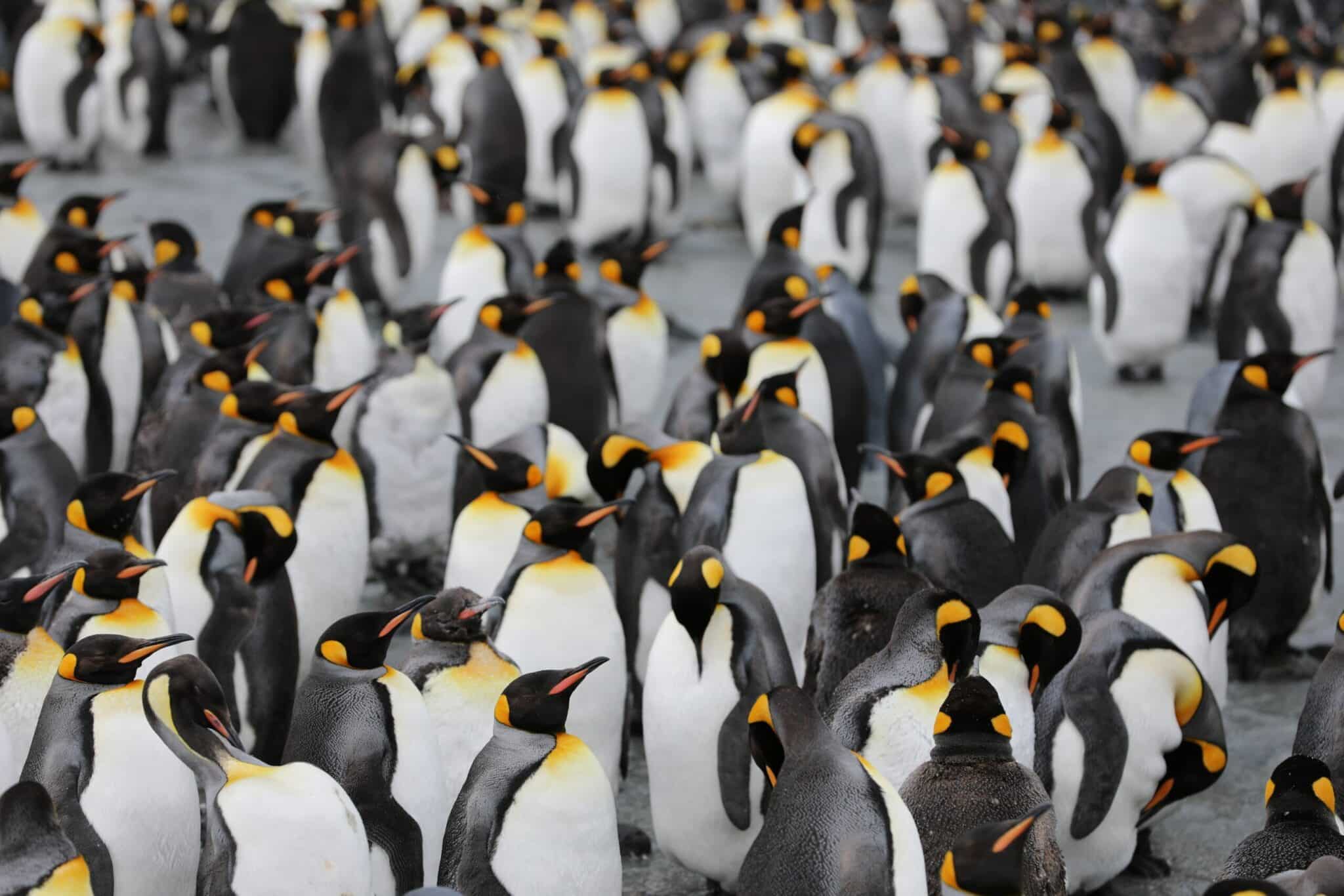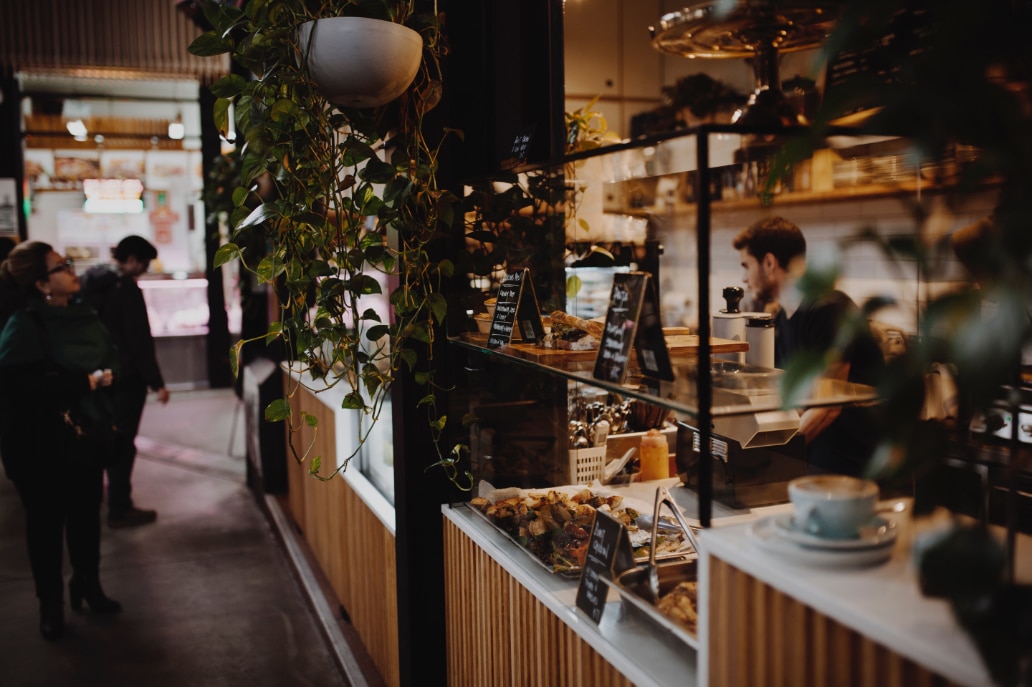About this article
We proudly present our new reusables range. Perfect for foodservice entrepreneurs who want to future-proof their business and are looking for reusable food packaging and tableware for their meals, drinks or snacks. Verive has the solution for you.
What is reusable packaging?
Reusables are one of the hottest trends in sustainability, especially in the hospitality and catering industries. Moving away from single-use to reusables helps reduce environmental degradation because they require fewer virgin resources and reduce plastic waste and pollution. But what exactly counts as reusable?
Reusable packaging is made from durable materials designed for multiple uses and extended life. Importantly, what makes packaging or containers reusable is that they are “designed for reuse without impairment of its protective function”. Extending this definition to food packaging means that the container or packaging is suitable for hot, greasy, liquid and other forms and textures of food, and that you can use them to transport this food in it several times without leaking.
That said, we are seeing some market players simply renaming previously ‘disposable’ tableware and food packaging that is heavier in weight (i.e., thick plastic cutlery rebranded as reusable). Here at Verive, we discourage this kind of ‘switch’ to reusables as we find it misleading, especially for consumers. Consumers will only know these products as disposable and are, therefore, unlikely to change their behavior and start re-using something they previously disposed of.
Given our commitment to transparency and clear definitions, at Verive, we only consider products or packaging reusable when they can endure industrial dishwashing facilities without damage for a significant amount of reuse.
What are the reusable packaging benefits in foodservice?
As mentioned, there are environmental benefits if packaging is reused appropriately for its full lifespan. Reusables work towards cutting down on end-of-life waste because fewer virgin resources are needed to manufacture them, and, most importantly, it eliminates confusion for consumers. Customers no longer need to consider whether their food packaging belongs in the recycling bin or has to be sent for industrial composting; they know they can keep it, wash it (or get it washed), and use it again.
Reusables also offer an attractive way to advance your sustainability strategy. You can be an early adopter for the reusable requirements likely to come in under national implementations of the Single-Use Plastics Directive. It is also a way to actively appeal to environmentally conscious consumers, offering them more choice: use your business’s reusables or bring their own.
What do we offer our customers in terms of reusables?
As committed partners offering foodservice business solutions, we are proud to introduce our new (and growing) reusables range. We offer complete sets, including meal boxes, cold and hot cups, and cutlery, which you can buy together or separately. Many of these items are fully customizable, so they can feature your own logo or branding. These products are made from innovative materials, built to withstand multiple uses, and more demandingly, many dishwashing cycles. Why not try a stylish and environmentally friendly way to serve dine-in or takeaway options?
Verive reusable meal boxes
Meet our meal boxes, a perfect fit for chopped salads, Pad Thai, Bolognese, or anything else you cook up. We offer two sets in different colors, composed of slightly different material.

What kind of materials are wood-polymer compounds and Bio-PP?
A wood-polymer compound is a composite material made from wood fibres and bio-polypropylene (bio-PP). The Bio-PP is produced from vegetable oils and cooking oil residues so that the wood-bio-compound is made up of a total of 98 % renewable raw materials. The material used can also be recycled and is free from petroleum plastics, PLA, and melamine.
So how’s it made? Firstly, unused natural fibres left over from other production processes are returned to the production cycle to serve as the compound’s main sustainable material. Then, the natural fibres are blended with bio-plastics to form a composite. The more fibres are used, the more sustainable the final product is. Finally, the composite material is heated in an injection molding machine to shape it under pressure into containers or cutlery; it’s perfect for both. And there you have it, sustainable, reusable packaging and tableware that work amazingly time and time again.
Why does this make for a brilliant reusable packaging material? It’s temperature-resistant and made from robust and resilient renewable materials.

What is PP and why is it a good material for reusables?
We opted for black meal boxes made from PP (polypropylene), a thermoplastic polymer used for a wide variety of applications. When it comes to reusables, it makes an ideal material given its high melting point – meaning it can hold hot liquid and food and withstand repeated dishwashing. Because PP is a mono-material, it can be recycled at its end-of-life.
Verive hot and cold reusable cups
Our cold and hot cups are available in a few colours, several materials, and many sizes. From cappuccinos to bubble teas, we’ve got a cup for any and every takeaway beverage. You can even add your logo and branding to these cups.

What is PP and why is it a good material for reusables?
For info – see above.

What exactly is a composite of rice husk and PP plastics? And why is it a desirable material for reusables?
This composite material is 60% rice husk, the hard protective covering on rice, and 40% virgin PP plastic. This composite material is rigid yet flexible and resistant.
Verive reusable cutlery
Easily scoop it, spear it, or cut through it time and time again with Verive reusable cutlery.

Why use a bio-compound for reusable cutlery?
Our cutlery uses a bio-compound of 40% wood fibre and 60% PLA, so each knife, fork, and spoon is suitable for hot and cold applications. However, given the mixture of materials, these items are not recyclable in mainstream systems. The good news is most manufacturers will take back these used products for in-house recycling.
Choose dishwasher safe, not dishwasher proof

Remember: Dishwasher safe > dishwasher proof!
Want to discover our full range of alternative packaging and cutlery?
